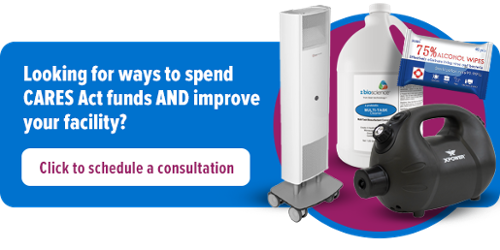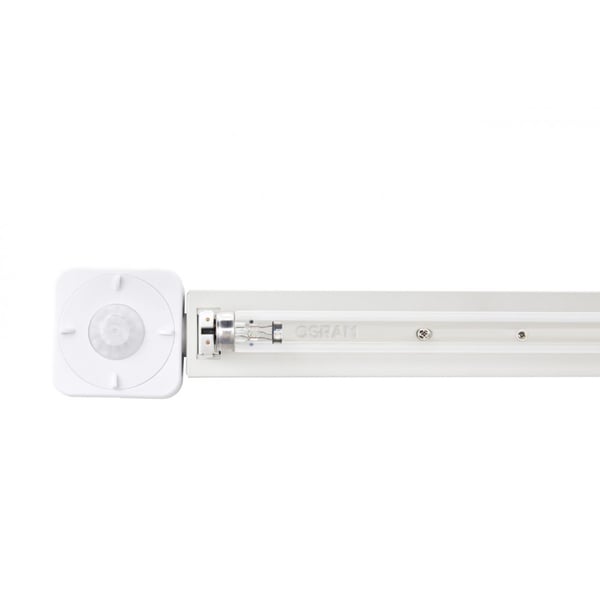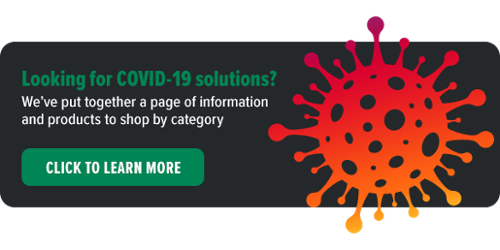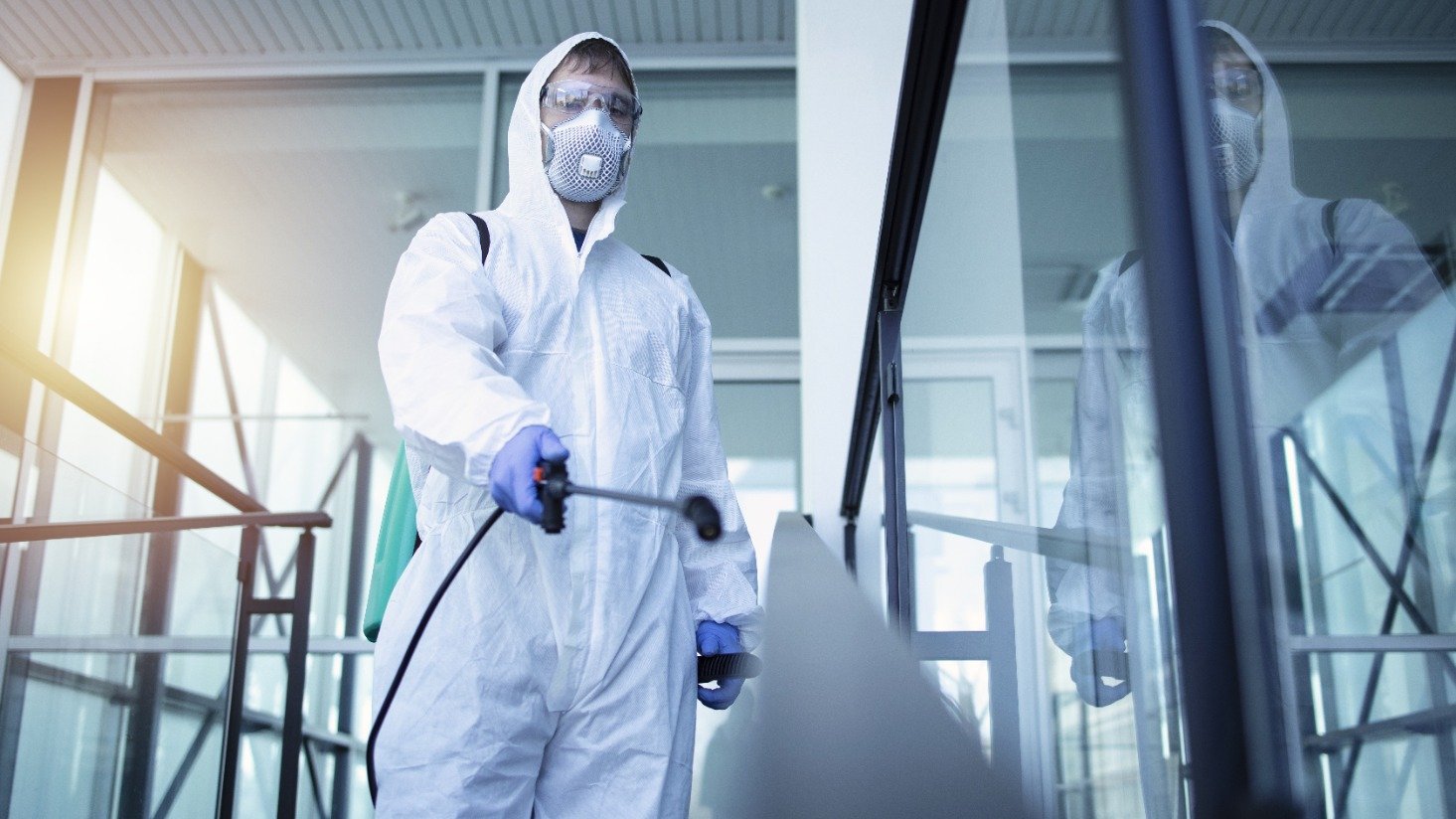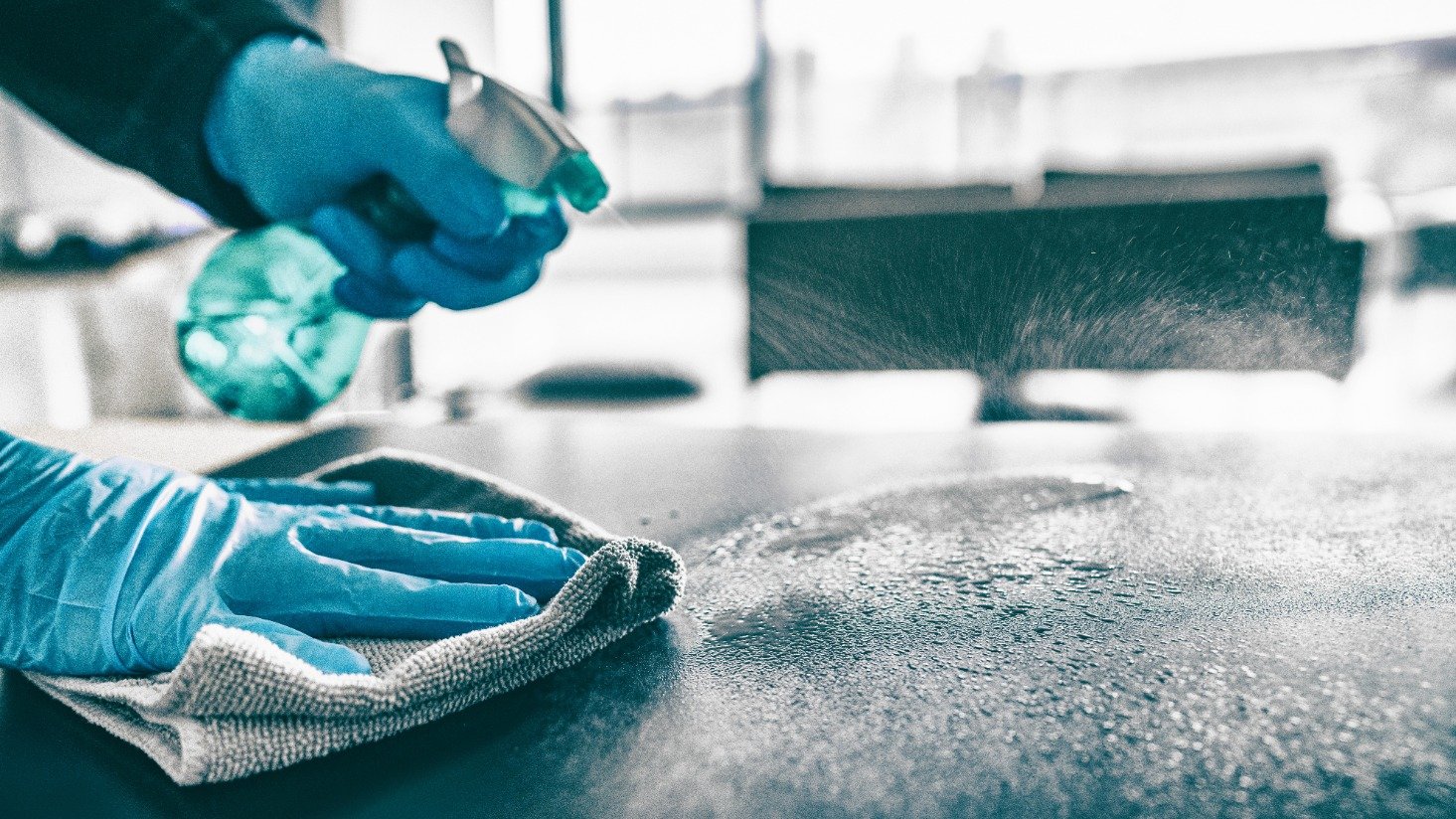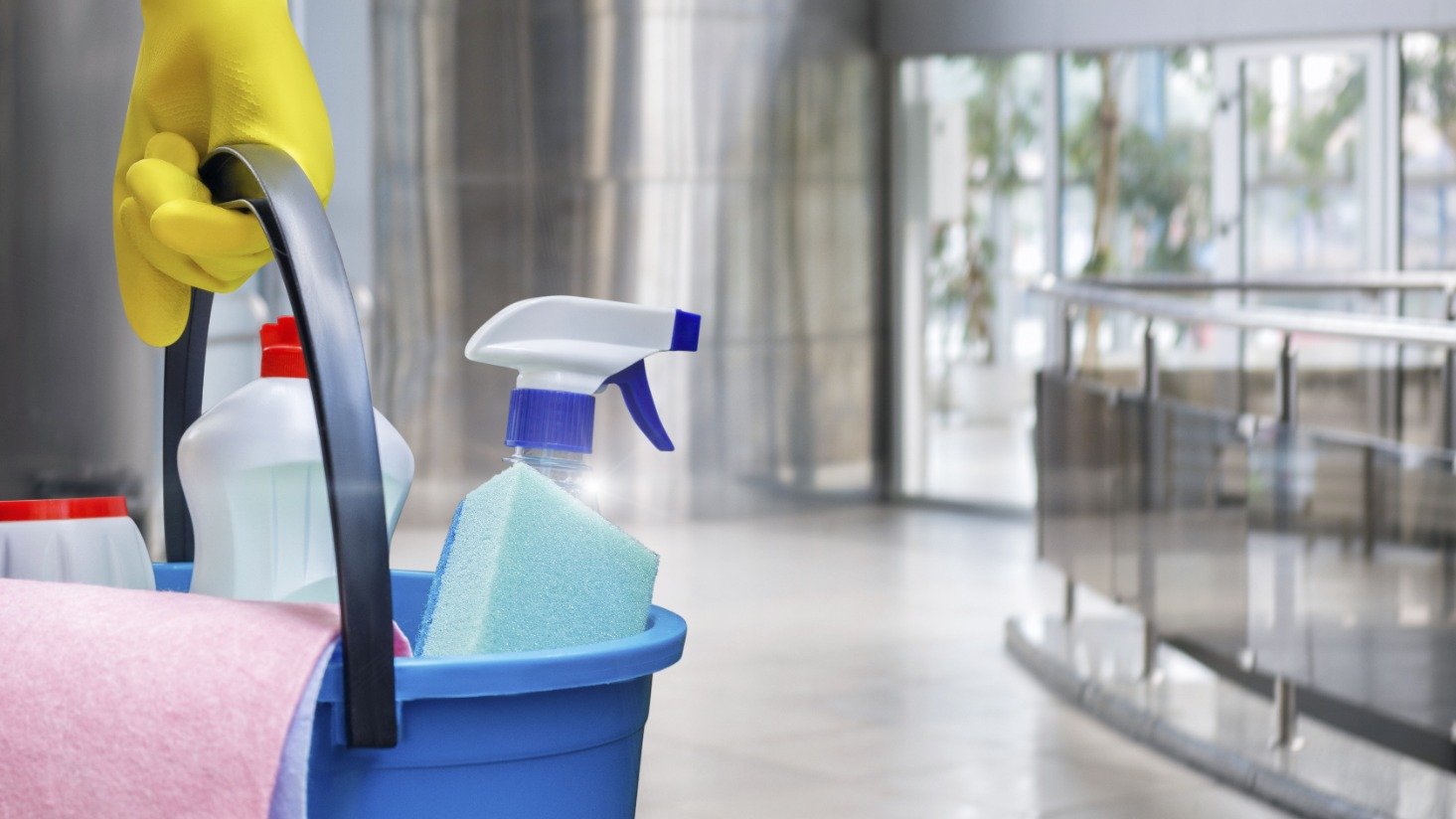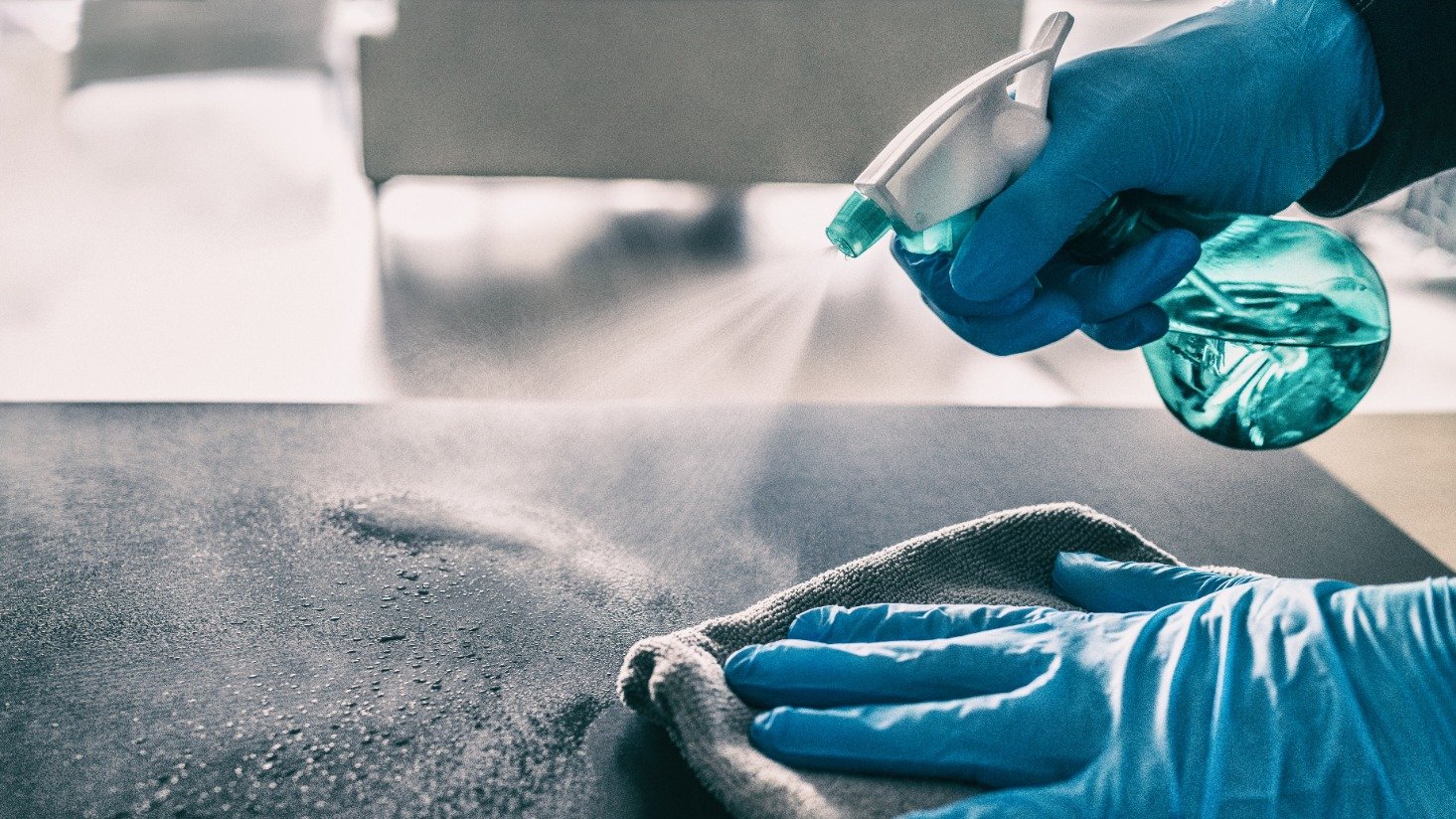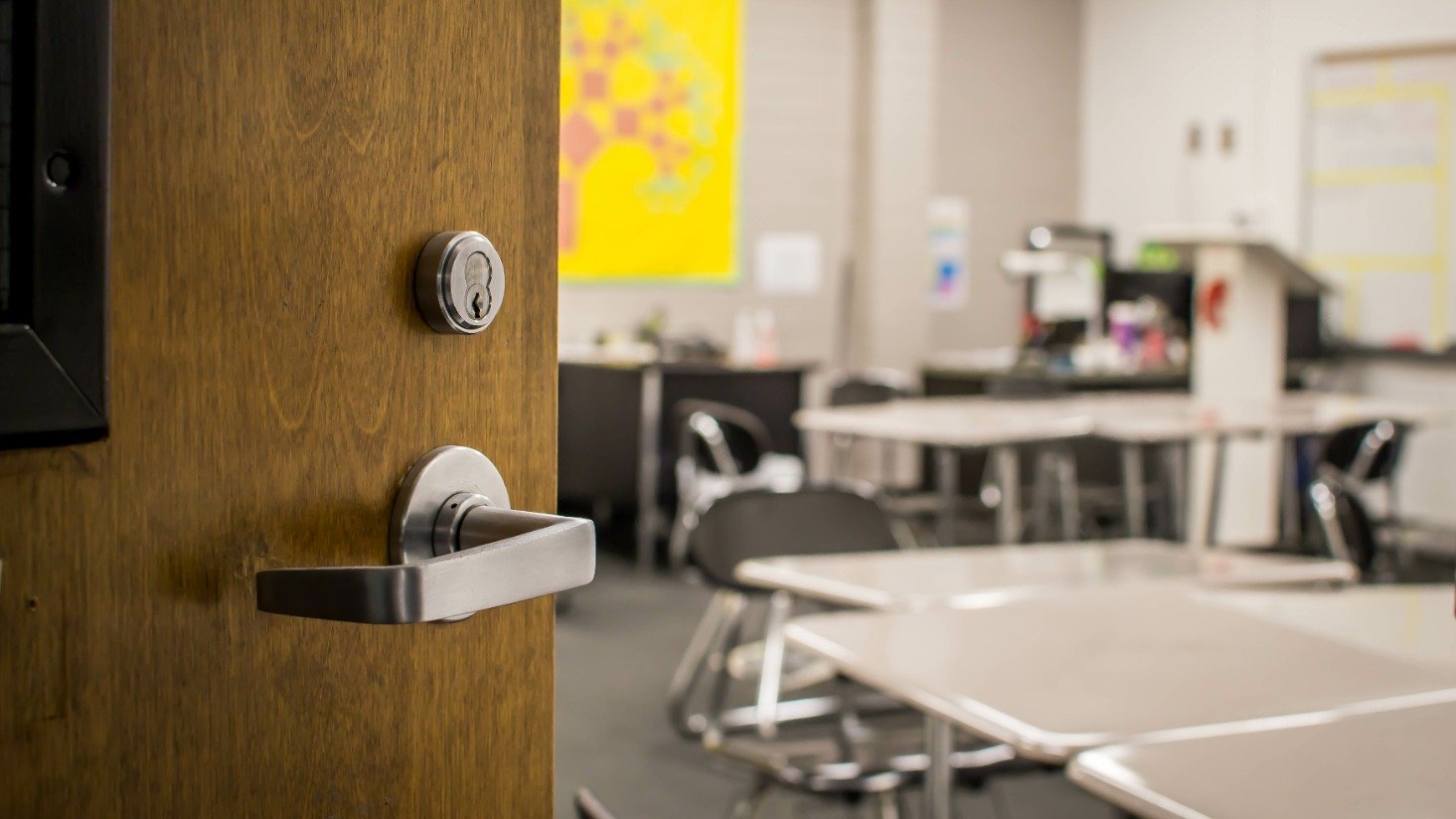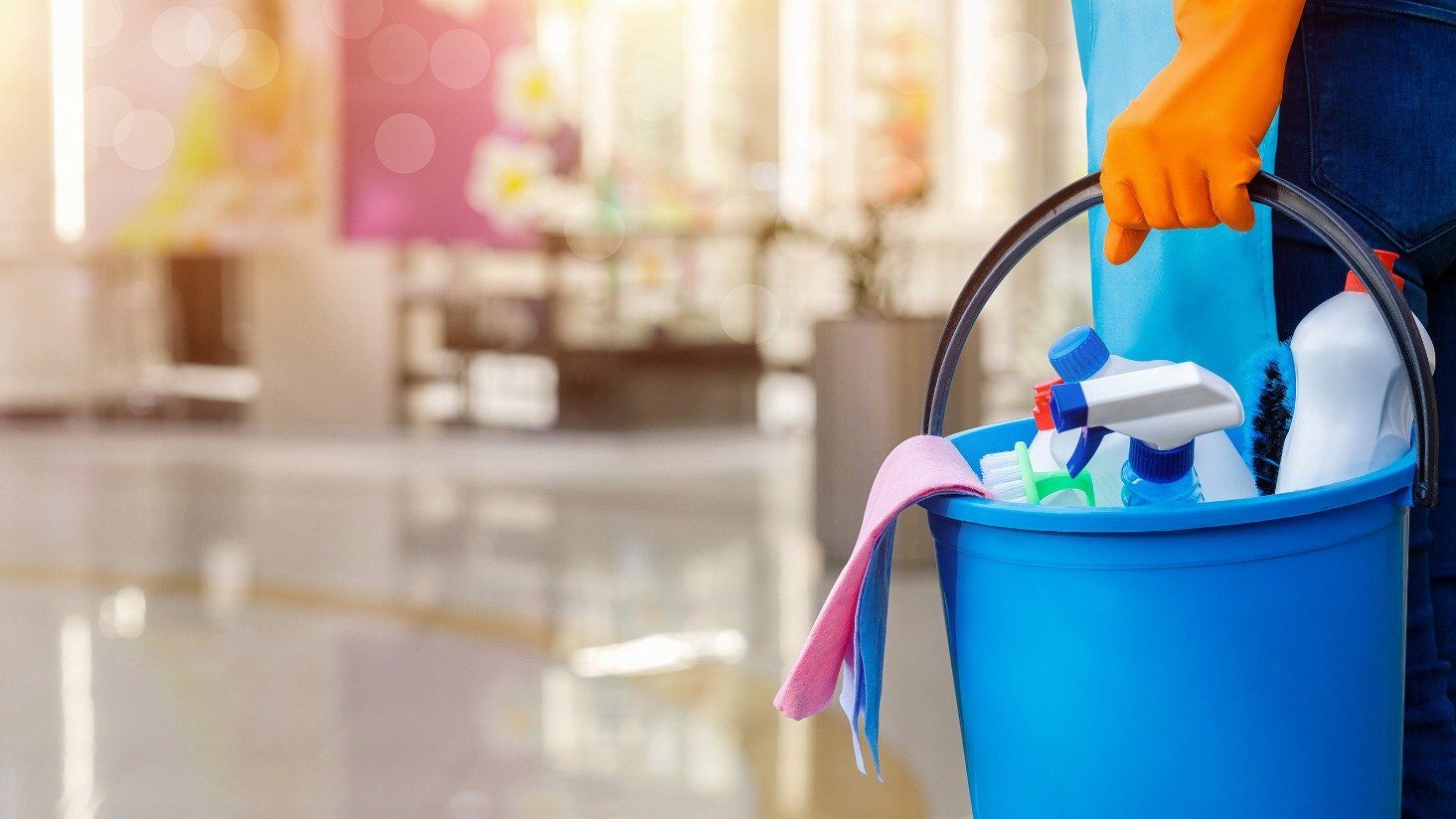The science behind cleaning, disinfecting, and protecting
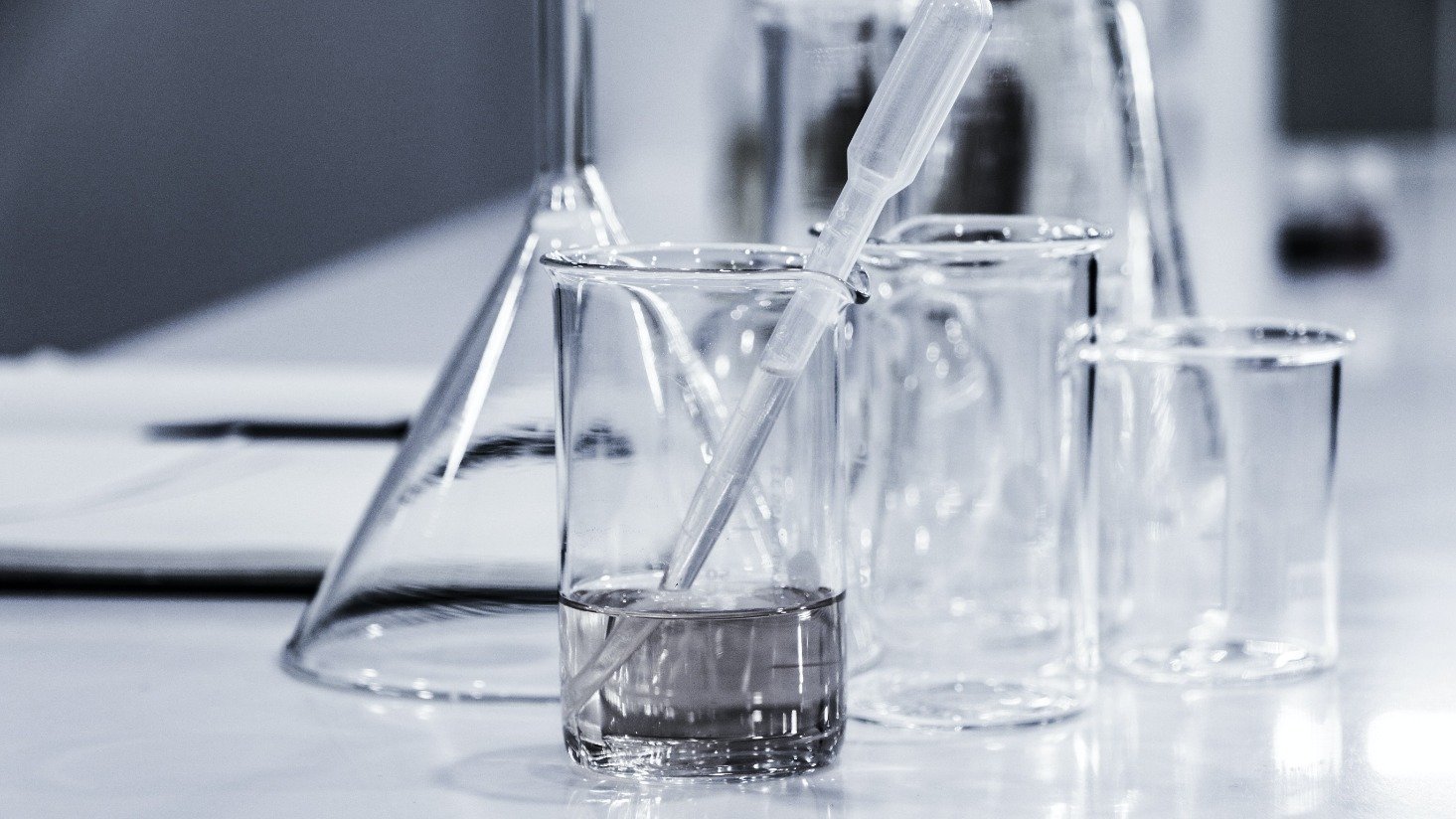
A thorough cleaning routine consists of three parts: cleaning, disinfecting, and protecting.
But the science behind how each step works is very different.
Plus, there are new products on the market using a completely different technique to traditional products.
We'll explain how each of the following products work and introduce you to environmentally friendly options that still produce results:
How do cleaners work?
Cleaners do not kill germs, but they can remove them from a surface. The primary goal of cleaners is to get rid of dirt and grime, and also physically remove bacteria, viruses, mold, and fungi.
Cleaning can also remove food and water that allows germs to survive and reproduce. This can lower the number of germs and reduce the risk of spreading infection.
If used correctly, the EPA says cleaners can remove 98% of bacteria and 93% of viruses.
Traditionally, cleaners use a combination of chemistry (the cleaning product) and physics (the energy and friction used to scrub a surface clean) to generate results.
Regency Supply is sourcing a product that takes a different approach to cleaning and adds in another element: biology.
Like other cleaners, Z BioScience products do not kill viruses and bacteria. Instead, they alter the environment to make it hostile for pathogens. These cleaners don't contain any chemicals.
Z BioScience cleaning products use probiotics (the same probiotics in yogurt and your gut) to overwhelm a surface with good bacteria. By doing this, bad bacteria can't find a place to spread.
Z BioScience products also get rid of biofilm, which is a slimy buildup of pathogens. Other cleaning products cannot get rid of biofilm, which means the pathogens can keep growing and spreading.
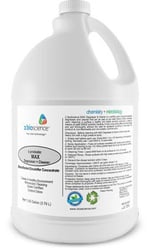 |
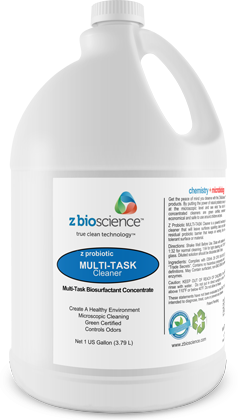 |
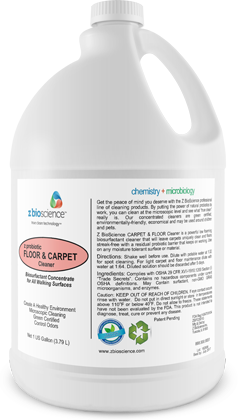 |
| Z-Probiotic Max Degreaser + Cleaner Click to shop |
Z-Probiotic Multi-Task Cleaner Click to shop |
Z-Probiotic Floor + Carpet Cleaner Click to shop |
How do disinfectants work?
Disinfectants are chemical products that kill germs after a surface is cleaned. If these products claim to kill any pathogen, they must be registered with the EPA. Bleach and alcohol are common disinfectants.
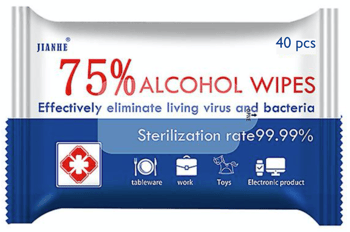 |
| 75% Alcohol Wipes Click to shop |
In order for disinfectants to work, you need to start with a clean surface. These products do not remove dirt or grime from a surface. The CDC says disinfectants can lower the risk of spreading pathogens.
Click here for guidance on d commercial buildings.
Disinfectants work in several different ways, but their main goal is to destroy or break down the cells of pathogens like viruses and bacteria.
"Dwell time," or how long a disinfectant is left on a surface, is critical to the effectiveness of the disinfectant. Some disinfectants require up to 10 minutes to kill or inactivate certain pathogens.
The EPA has a list of registered disinfectants for use against SARS-CoV-2, the virus that causes COVID-19.
If you're concerned about the chemicals in disinfectants, there are other options available that have a lower-toxicity rating with the EPA. Plus, these products are safe enough for food surfaces and children's toys.
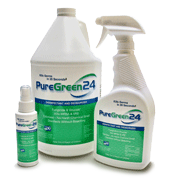 |
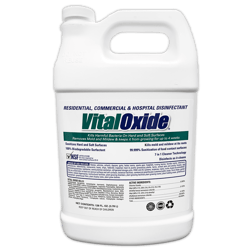 |
| PureGreen24 Click to shop |
Vital Oxide Click to shop |
PureGreen24 is manufactured from silver ions and citric acid. None of the chemicals are considered hazardous by OSHA.
Vital Oxide is also an environmentally-friendly option that uses a chemical compound called chlorine dioxide. Chlorine dioxide is gentler than bleach and has been used to disinfect water.
Vital Oxide can also be used for sanitizing. Sanitizing will remove bacteria on a surface, but it will not destroy or inactivate viruses and bacteria like disinfecting.
To use Vital Oxide as a sanitizer, dilute the solution 9 parts water to 1 part Vital Oxide for use on surfaces. A dilution of 5 parts water to 1 part Vital Oxide will sanitize carpets and rugs.
Vital Oxide is ready to use as a full-strength hospital disinfectant for non-porous surfaces. It should be used in environments with high rates of bacteria, mold, and mildew and in high-traffic areas.
Any disinfectant is only effective if it is used correctly. Make sure you are following manufacturer guidance closely.
Resource: EPA's 6 steps for safe & effective use
How do surface protectants work?
After disinfection is complete, you may think the cleaning process is complete.
But here's the problem with only cleaning and disinfecting: it does little to protect surfaces from future contamination. A surface is only clean until it comes into contact with germs again, which could be minutes or hours.
A cleaning crew may only come to your facility weekly. That leaves a lot of time for pathogens to build up.
Surface protectants can form a shield on a surface, preventing cross-contamination and reducing the amount of germs that can stick to a surface in between cleanings.
Regency Supply is offering two types of non-toxic protectants: Penetrexx Antimicrobial Surface Protectant and Z BioScience Enviro Mist.
 |
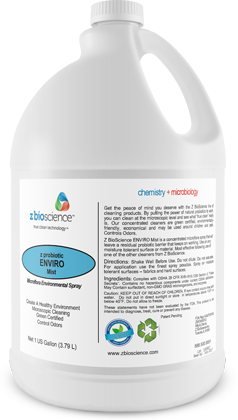 |
| Penetrexx Antimicrobial Surface Protectant Click to shop Recommended application with electrostatic sprayers. |
Z BioScience Enviro Mist Click to shop Recommended application with foggers. |
Penetrexx Antimicrobial Surface Protectant works by forming an active barrier that bonds to surfaces. The bond creates an antimicrobial barrier that stops the growth of pathogens like viruses, bacteria, and more. Antimicrobial refers to killing or inactivating all kinds of pathogens (antibacterial refers to only killing bacteria).
It's safe enough to use indoors and on food contact surfaces. The antimicrobial protectant can be applied with a spray bottle or an electrostatic sprayer.
Z BioScience manufactures a protectant called the Enviro Mist Microflora Environmental Spray. Just like the Z BioScience cleaners mentioned above, this protectant uses probiotics (good bacteria) to get rid of bad bacteria and other pathogens.
If you use a Z BioScience cleaner, then follow it with a disinfectant, this protectant is important. Disinfectants can kill the probiotic cleaner, but applying the protectant as a final layer will keep good bacteria on surfaces attacking the bad bacteria. The goal is to use the "good" bacteria to create a surface that is inhospitable for pathogens, keeping it cleaner for longer.
Typically, protectants are applied once per week.
Creating a cleaning plan for your building
If you want to create a cleaning plan for your building, remember the following three steps:
- Clean
- Disinfect
- Protect
You may also want to consider adding germicidal UV (also called UV-C) products to your routine.
UV-C light can reach places and surfaces that may otherwise be missed by cleaning crews. Plus, it also disinfects the air. Germicidal UV disinfection destroys the DNA and RNA in the cells of pathogens so they can't replicate.
Most applications of UV-C work like a disinfectant. They kill or inactivate germs in the air and on surfaces. But like disinfectants, they are only effective until germs enter a space again.
Click below to read more about the following applications:
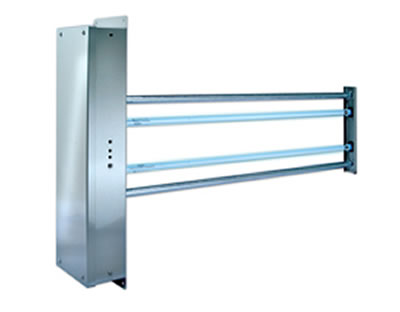 |
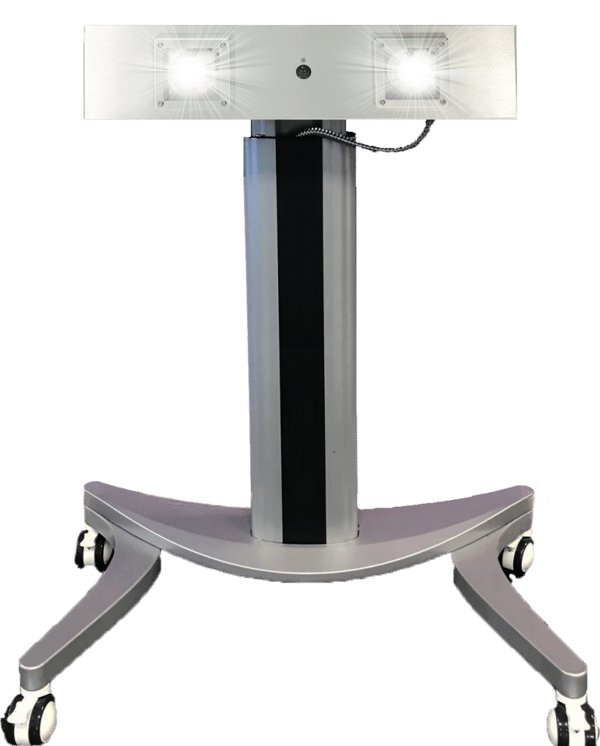 |
|
| UV for HVAC | UV-C Fixtures | Mobile UV units |
There are two other applications of UV that can run all the time, so they work to disinfect the air constantly.
Click below to read more about those applications:
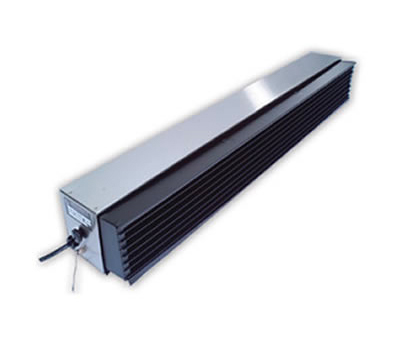 |
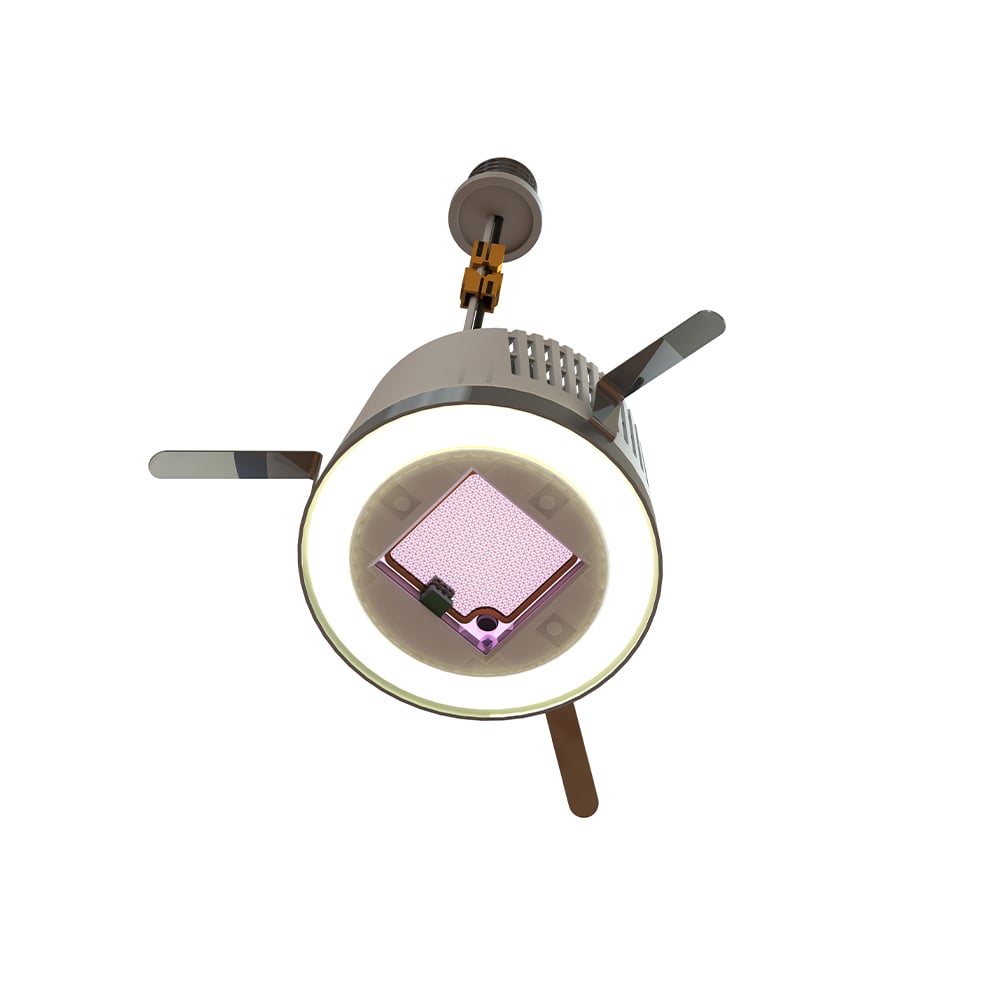 |
| Upper-air UV | Far-UVC |
If you have any questions, one of our lighting specialists can help you with a plan and products that work best for your building.
